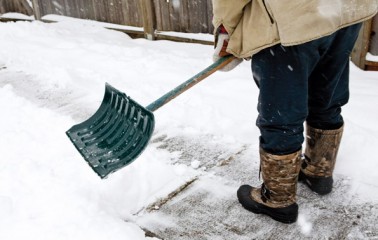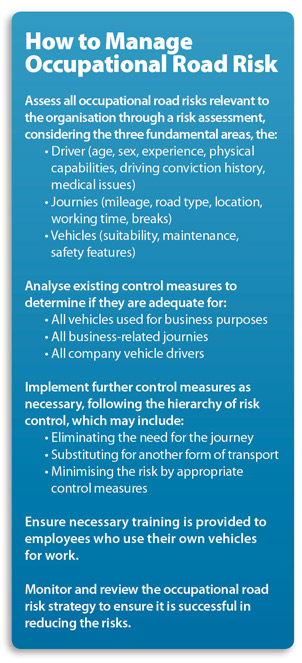Are you prepared for winter? Legal responsibilities
 Cold weather, snow and ice can cause many work-related risks which have to be dealt with by organisations. Slipping on icy walkways is a hazard which can affect both employees and members of the public. Low working temperatures can present particular health and safety problems. Driving to and from work is especially dangerous in snow and ice and can put staff at risk.
Cold weather, snow and ice can cause many work-related risks which have to be dealt with by organisations. Slipping on icy walkways is a hazard which can affect both employees and members of the public. Low working temperatures can present particular health and safety problems. Driving to and from work is especially dangerous in snow and ice and can put staff at risk.
Dealing with the issue of the consequences of wintery weather presents employers with many difficult questions about risk, and their legal duty to deal with those risks.
Legal outline
Organisations have a duty to take reasonable care of those who could be affected by their activities. In practice, an employee or a member of the public who slips on ice on a means of access provided by, or in the control of the organisation, can bring a civil claim against that organisation . If an employee is killed or injured while driving to or from work in bad weather, they may be able to claim compensation against his or her employer. The ill-health effects of low temperatures may also result in civil claims.
Secondly, there are legal duties placed upon employers by health and safety legislation. Breaching these legal duties can result in criminal prosecution leading to fines and, in extreme cases, imprisonment.
The main legal requirement is the Health and Safety at Work etc. Act 1974 (HASAWA) which requires employers and others to protect their own employees and also third parties who could be affected by their work activities. This will include consideration of the impact and consequences of wintery weather. These duties are supplemented by other legal requirements.
Regulation 3 of the Management of Health and Safety at Work Regulations 1992 requires risk assessment of all work activities and this will include considering the issue and effects of cold weather. Risk assessments should encompass all work-related risks, including those caused by winter weather. As always the amount of effort spent on such risk assessments should be in proportion to the likely risks.
Low temperatures in the workplace
The Health and Safety (Workplace) Regulations 1992 with its associated code of practice (ACOP) require the temperature inside workplaces to be reasonable. What is a reasonable temperature is dependant on the work activities and circumstances and guidelines are given in the ACOP.
For workrooms where there is no work which involves severe physical effort e.g. an office, then the temperature should not drop below 16°C. There are many situations where this minimum temperature cannot be achieved, for example where food is handled or work outdoors. In these situations, warm clothing, hot drinks, warm rest areas, time limitation in the cold areas and similar measures should be taken.
 Driving for work
Driving for work
The requirements of HASAWA include the time when employees are driving, or riding at work, whether this is in a company or hired vehicle, or in the employee’s own vehicle (but not the daily commute).
Wintery weather can cause extreme risks and the effects of snow and ice can make driving very dangerous. Risk assessments performed under the Management Regulations should include driving for work.
The risk assessment may need to include when not to drive at all and in what circumstances this action may have to be taken. Guidance and requirements for maintenance of vehicles are also required, as well as information about safe driving techniques in bad weather from sources such as the Highways Agency, ROSPA, the AA and the RAC.
Slips
One of the most significant risks associated with wintery weather is the risk of slips due to snow and ice on walkways and paths. Employers have a duty of care not just to their own staff, but also to non-employees such as the public and other visitors.
Serious injuries can result from slipping on ice and while prosecutions do occasionally take place following slipping accidents, potentially expensive civil claims are more likely.
Employers therefore need to be prepared for bad weather and take reasonable action to keep paths and walkways free from snow and ice. This is not an exact science and it is sometimes impossible to keep all accesses free from snow and ice, all of the time. The risk assessment should have identified priority walkways and take appropriate action to keep them safe. This will include the use of salt and grit as well as warning signs. Employers need to be able to show that they have properly considered the issue and have spent an appropriate amount of resources commensurate with the risk.
